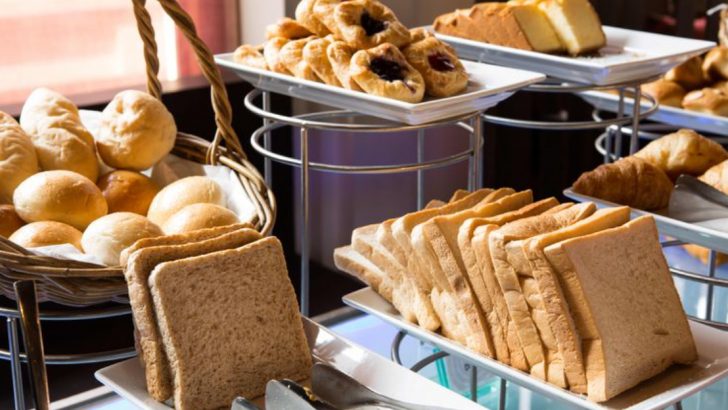Ever wondered why those hotel morning spreads are called “continental” breakfasts? It’s a tradition with roots in European travel history!
Back in the day, European hotels offered simple morning meals that contrasted with heartier English breakfasts. Today, these light morning offerings have become a beloved staple for travelers everywhere, featuring signature dishes that make mornings away from home something special.
1. The European Connection

The term “continental breakfast” comes from the European mainland (the continent). Hotels in places like France and Italy traditionally served light morning meals – just bread, pastries, and coffee.
Americans traveling abroad in the 1800s encountered this style and brought it home. The name stuck as a way to distinguish these lighter offerings from the heavy meat-and-eggs English breakfast.
2. Pastry Paradise
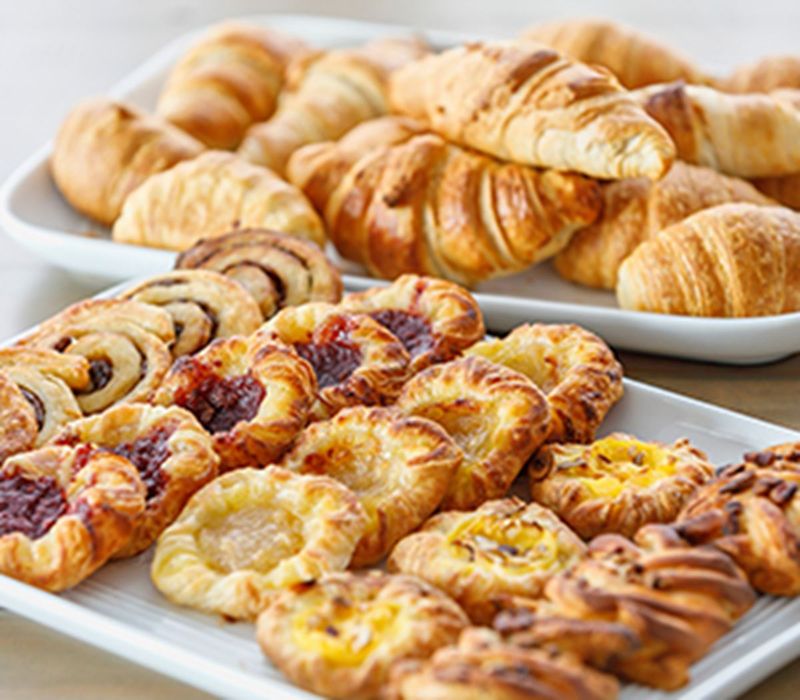
Flaky croissants with their buttery layers steal the spotlight at continental breakfast buffets. Their crescent shape isn’t just pretty – it represents the Ottoman flag, created by Austrian bakers celebrating victory over Turkish invaders!
Alongside these French stars, you’ll find Danish pastries, muffins, and sometimes local specialties. These sweet treats make waking up in a strange place feel comforting.
3. Bread And Spread Bonanza

Fresh bread rolls – crusty on the outside, soft inside – form the foundation of continental breakfasts worldwide. Hotels typically offer a variety of jams, preserves, honey, and sometimes chocolate spreads like Nutella.
Butter comes in those cute little foil-wrapped squares that somehow taste better than regular butter. This simple combo lets travelers customize their morning meal exactly how they like it.
4. Fruit And Yogurt Stations
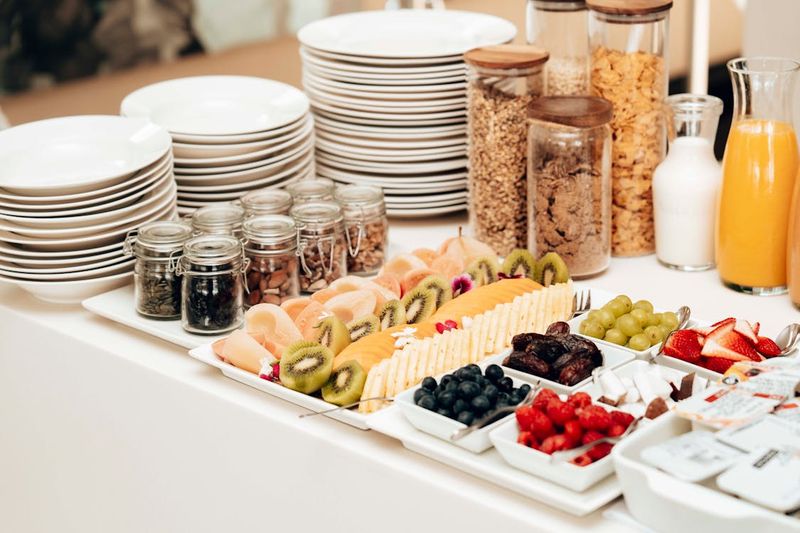
Modern continental breakfasts brilliantly balance indulgence with healthier options. Sliced melons, berries, and citrus fruits add bright pops of color to breakfast plates and provide vitamins for the day ahead.
Yogurt stations feature plain and flavored varieties with granola and honey for topping. This addition is newer to the continental tradition but has quickly become a guest favorite for its fresh appeal.
5. The Essential Coffee Service

No continental breakfast would be complete without coffee! Hotels typically offer both regular and decaf options, sometimes from fancy machines that make espresso drinks.
Europeans take their coffee seriously – it’s not just a caffeine delivery system but a ritual to be savored. Tea options appear alongside coffee, catering to international guests who prefer their morning cup steeped rather than brewed.
6. The Napoleon’s Influence

Napoleon Bonaparte inadvertently shaped continental breakfasts during his European campaigns! The French emperor’s need for quick, portable morning meals for his troops established a pattern of simple, bread-based breakfasts across conquered territories.
Military cooks developed efficient serving methods that later influenced hotel services. By the 1850s, these streamlined breakfast options had become standard.
7. Cereal Revolution
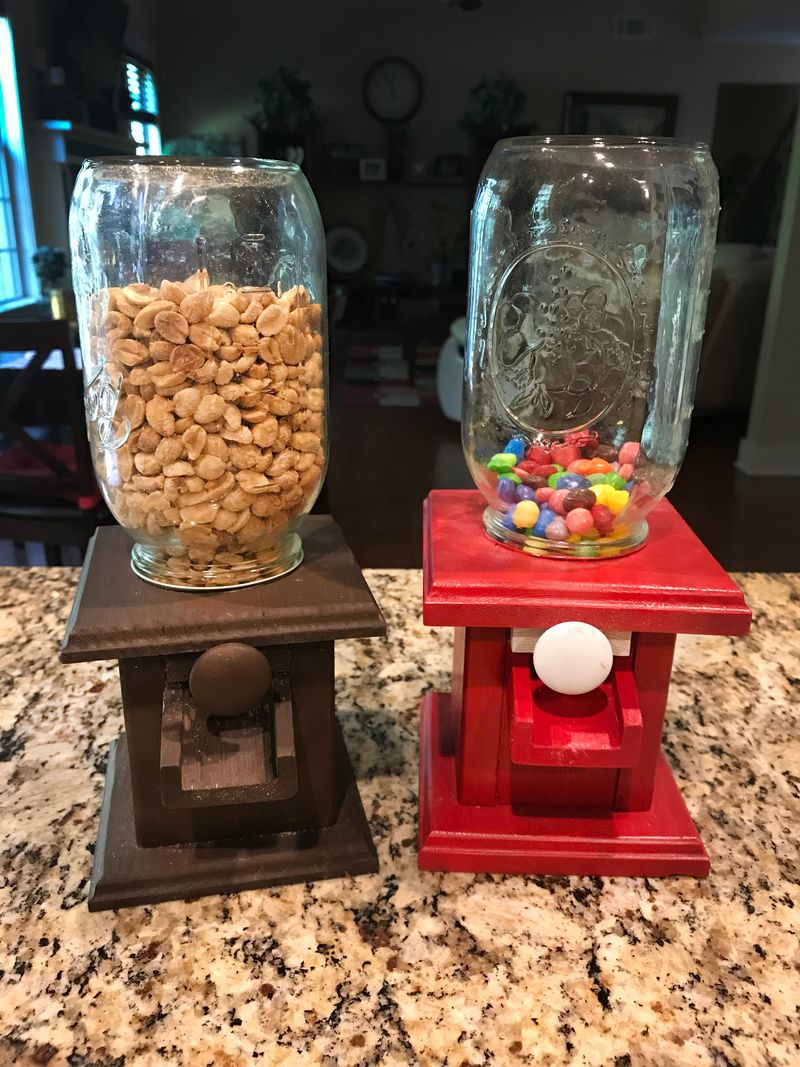
Breakfast cereals stormed onto continental breakfast buffets in the 1950s, forever changing the hotel morning experience! These colorful boxes filled with processed grains represented American innovation meeting European tradition.
Hotel guests delighted in the novelty of self-serve cereal dispensers with their satisfying mechanical cranks and cascading flakes.
8. Egg Stations And Omelet Artists

Behind every great continental breakfast stands an unsung culinary hero – the omelet chef! These skilled egg-flippers transform a basic breakfast into performance art.
The custom omelet station emerged in luxury hotels during the 1960s as a way to offer personalization amid standardized buffets. Many veteran omelet chefs develop signature moves.
9. Waffle Makers: The Interactive Experience

Self-serve waffle makers transformed continental breakfasts from mere meals into interactive adventures! Introduced in the 1970s, these magical machines created a new breakfast ritual that continues to fascinate guests of all ages.
The distinctive beeping timer has become an unofficial hotel soundtrack. Studies show the average guest attempts 1.8 waffles per stay.
10. The Toast Triangle Mystery
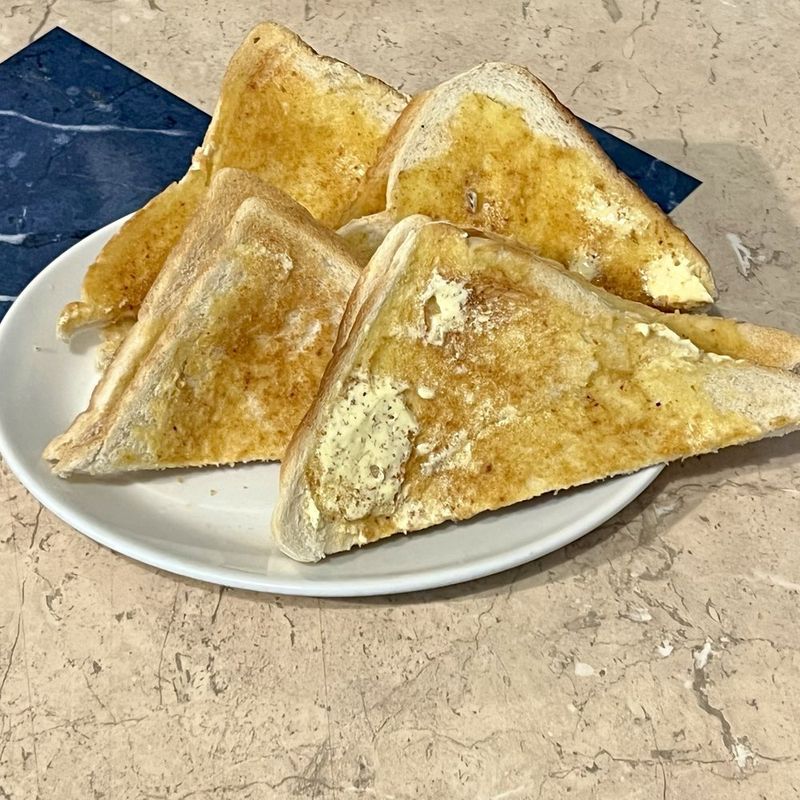
Why is hotel toast always cut into triangles? This seemingly trivial detail has fascinating historical roots! The triangle cut originated in fancy European hotels of the 1920s, where it mimicked the presentation style of aristocratic households.
Triangle-cut toast actually uses less energy in commercial toasters while creating the illusion of more food on the plate.
11. The Honey Bear Diplomacy
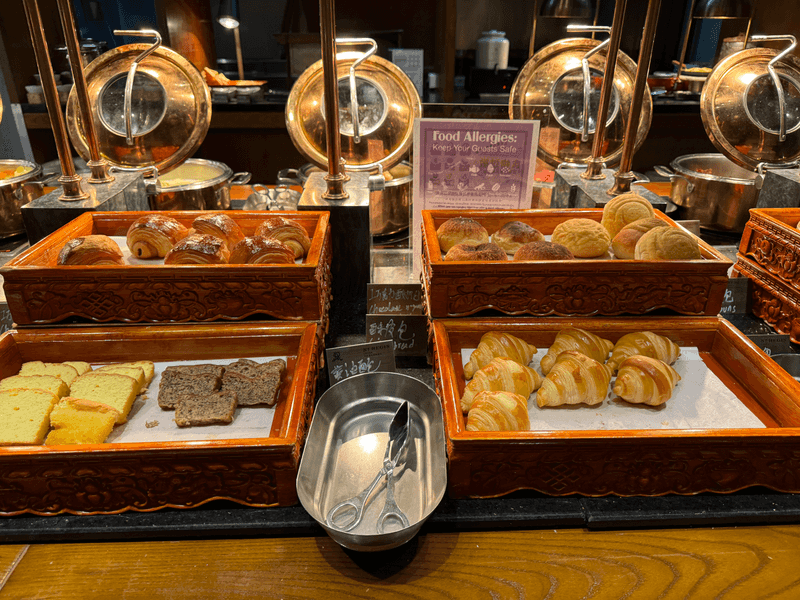
Those adorable honey bear dispensers found on continental breakfast tables serve a diplomatic purpose beyond mere cuteness! Hotel chains discovered that guests from different cultures approach honey differently – some prefer it in tea, others on bread, some straight from the dispenser.
The universal appeal of the smiling bear transcends language barriers, making every guest feel welcome.
12. The International Jam Protocol

Hotel jam selections follow a fascinating unwritten international protocol! European hotels traditionally offer three specific varieties: strawberry (representing sweetness), orange marmalade (representing bitterness), and either apricot or raspberry (representing tartness).
American hotels adapted this formula by adding grape jelly – a uniquely American preference. The tiny jam packets themselves emerged from World War II-era ration technology, designed to preserve fruit for troops.
13. The Toaster Traffic Jam
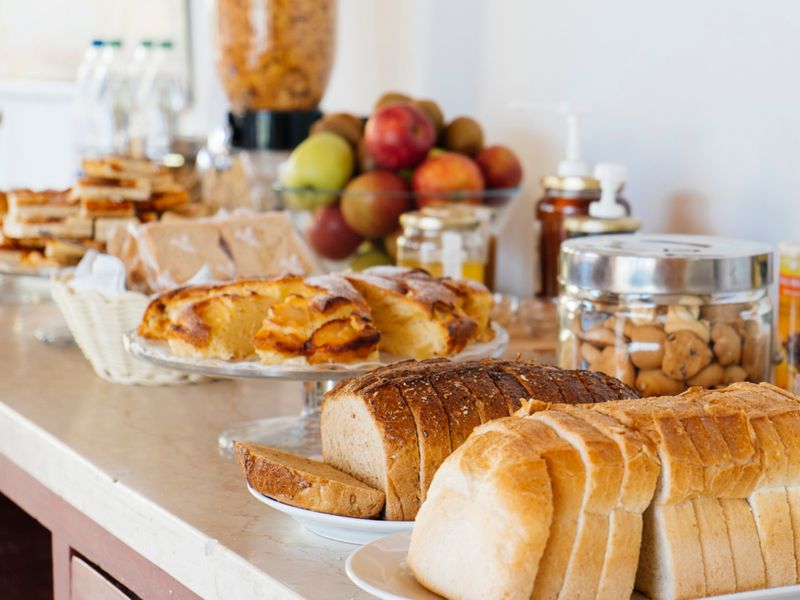
Hotel breakfast toasters create one of travel’s most fascinating social microcosms! These humble appliances generate unique human behaviors observed nowhere else in society.
Anthropologists have documented distinct toaster personalities: the Hoverer (who watches their bread’s entire journey), the Abandoner (who walks away, causing toast backlogs), and the Adjuster (who changes the settings, affecting everyone’s toast thereafter).
14. The Unwritten Rules Of Breakfast Room Etiquette

Continental breakfast rooms operate by fascinating unspoken social contracts! Without any formal instruction, guests worldwide follow remarkably similar patterns of behavior in these communal morning spaces.
The universal buffer zone – leaving one empty table between occupied ones when possible – emerges organically across cultures. Napkin origami becomes a subtle status signal, with sophisticated travelers folding rather than crumpling their napkins.
15. The Mysterious Butter Sculptures
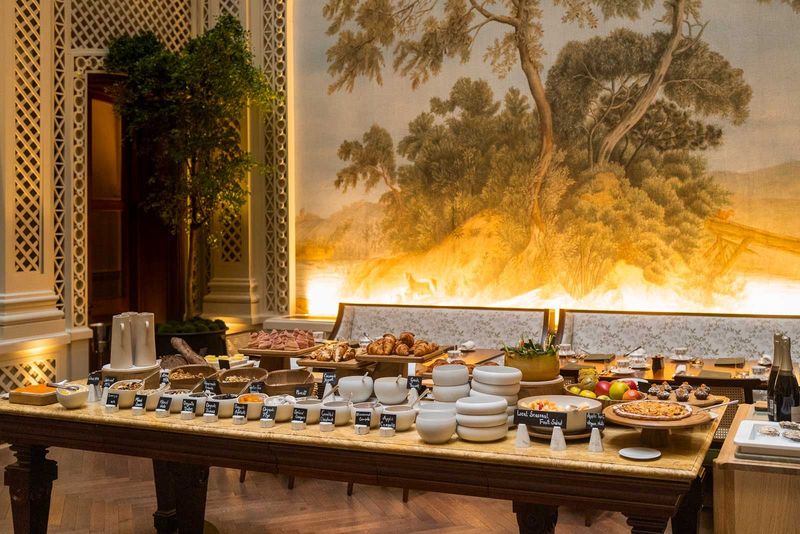
Hidden in the corners of upscale continental breakfast buffets, butter sculptures represent an overlooked art form that dates back to ancient Tibetan monasteries. Hotel chefs transform ordinary dairy into miniature landmarks, animals, and sometimes portraits of famous hotel guests!
The tradition gained popularity in 19th-century France when a pastry chef at the Ritz Paris carved Napoleon’s profile into a butter block.

